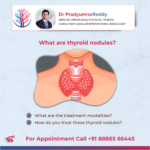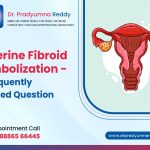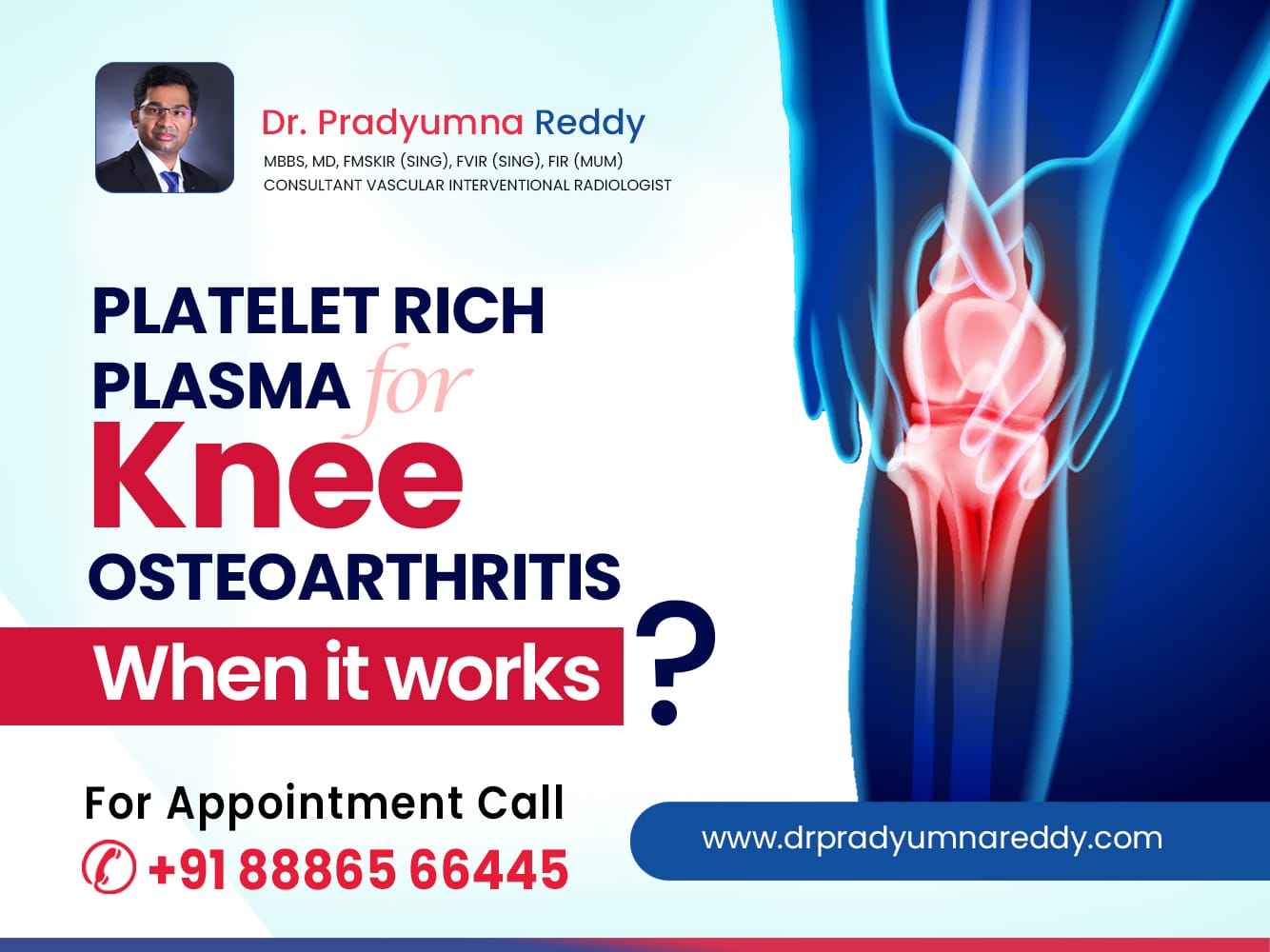Knee osteoarthritis is a common condition that many middle-aged people suffer from. It is a degenerative knee joint disease and it causes severe pain and affects your quality of life. It occurs due to the damage or wear out of cartilage in the knee joint. Knee osteoarthritis can be treated using both non-invasive and invasive methods.
PRP (Platelet-Rich Plasma) is one of the popular treatment methods used to treat different conditions. PRP is also effective at treating knee osteoarthritis. PRP makes use of your own blood cells to promote the healing process.
What is PRP?
PRP is a combination of platelets and plasms. Plasma is the liquid part of the blood. Whereas platelets are a type of blood cells that has clotting abilities and helps in the healing process. Platelets also contain growth factors that help promote cell reproduction. This stimulates the regeneration of tissues and there by helps in the healing process.
To collect PRP, the doctor first collects your blood sample. Now, the collected blood is placed in a centrifuge device that spins rapidly and generates high centrifugal forces. This will separate other denser components from the blood. Once this procedure is completed, the plasma and platelets can be collected and can be used for injection.
What Happens During a PRP Injection for Knee Osteoarthritis?
Once the PRP solution is collected, it is injected deep into the target site, which is the knee joint. In some cases, the doctor may make use of ultrasound guidance for the injection. The idea behind PRP is to increase growth factors in the knee joint to promote the healing process.
Once the procedure is completed, you can go back home after resting for a while. You may have little pain and stiffness at the injected site. Hence, you should arrange for someone to drive you home after the procedure.
After the procedure, you may have slight discomfort and swelling at the knee joint. But it reduces within a few days as you heal.
How About Recovery?
After the PRP treatment, you should apply an ice pack on your knee for every two to three hours for about three days following your PRP. You should avoid using certain medications. You should also get enough rest and should avoid activities that exert weight on your knee.
The doctor may suggest you to use crutches for a few days to avoid putting weight on your treated knee joint.
What Benefits Do PRP Offer?
The following are the benefits of using PRP for knee osteoarthritis:
- It is safe and effective
- It reduces pain, stiffness, and discomfort in the knee joint
- The recovery is shorter than other treatment methods
- It improves the functioning of the knee joint
- It does not pose any risks
Meet Dr Pradyumna Reddy Today for PRP Injections in Hyderabad
If you have been suffering from knee osteoarthritis for a long time and looking for a way to get out of it, Dr Pradyumna Reddy can help you. He serves patients of different age groups and can definitely help you. He values your time and hence he offers various services at the hospital from diagnosis to treatment. He can help you to get back to your pain-free life. If you are willing to discuss your concerns with Dr Pradyumna Reddy, call us or fill out the online form.






